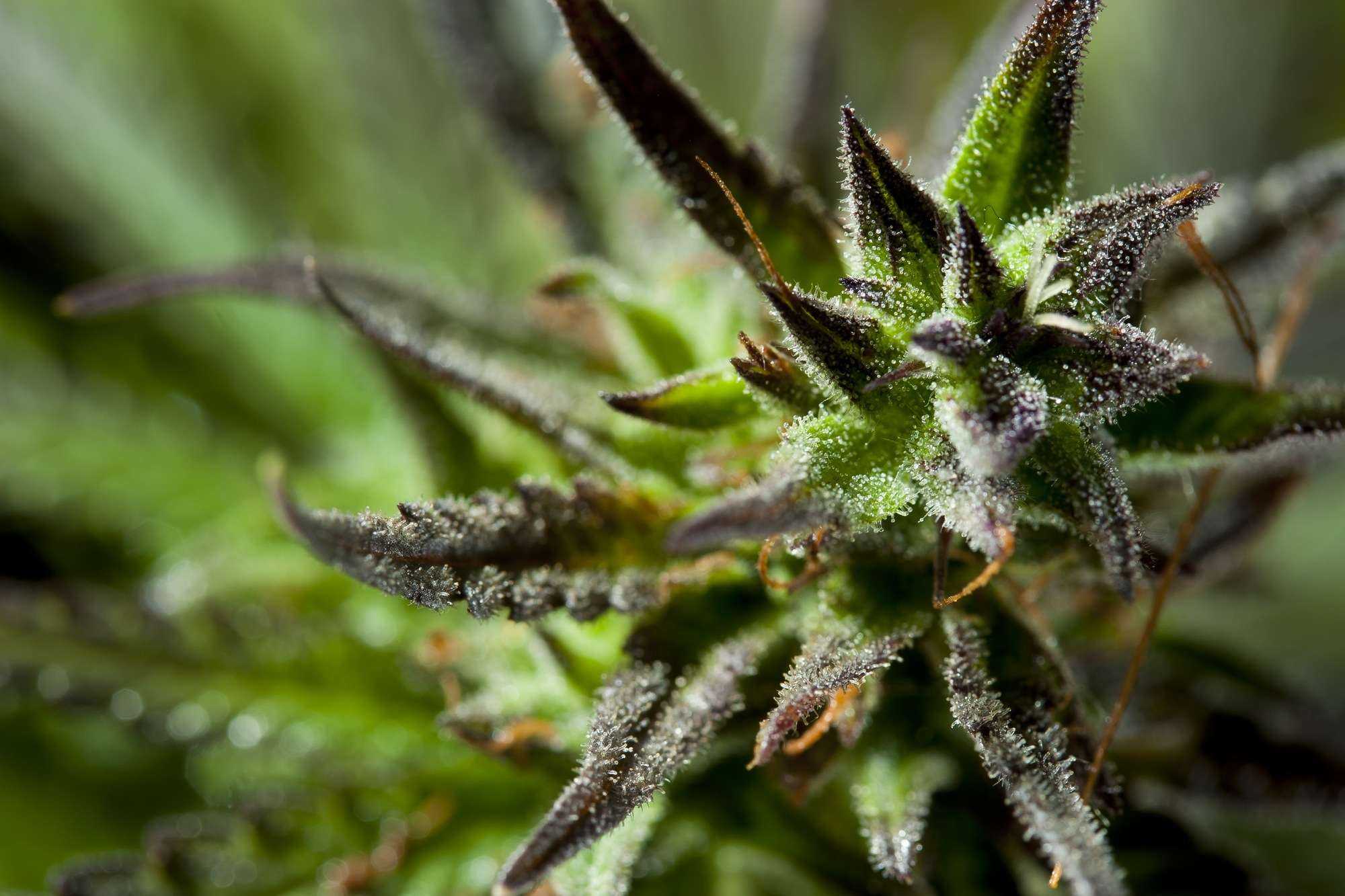The more we research the cannabis plant, the more we are being surprised. Believe it or not, cannabis use has some incredible health benefits that are now backed up by science as well. That said, some side effects should be kept under consideration, but if it’s used in moderation (and with the guidance of a cannabis expert or medical professional), you will be able to experience all the health benefits without any long-lasting risks.
If you are curious to learn more, here are some of the surprising ways cannabis can help your health.
1. Cannabis Can Increase Your Creativity
According to a 2012 study, people who use cannabis regularly are more creative than non-users. Cannabis increased verbal fluency in people with lower creative scores to the same level as those with higher creative scores.
In other words, cannabis affected their schizotypy and divergent thinking, in turn increasing their general creativity. However, the effect lasted only while they were under cannabis influence.
2. Cannabis May Help With Depression
According to research, cannabis, or more precisely CBD, can have better results in patients with depression compared to traditional therapy. Keeping that in mind, CBD use comes with little to no side effects, making it a safer choice in long-term treatments. It also has a proven positive effect on anxiety and insomnia, which are often in correlation with depression.
Still, scientists suggest combining it with psychotherapy for faster and better results.
3. Cannabis Can Help You Lose Unwanted Weight
According to obesity statistics, regular cannabis users have small chances to be obese compared to non-smokers. In general, cannabis users tend to have low body mass index scores – this means that they have less body fat and, in turn, are at lower risk for diabetes.
4. Cannabis May Help Broken Bones Heal Faster
According to some research, cannabis can be of great help with broken bones. CBD has the ability to strengthen bones, enhance bone volume, trabecular number, and trabecular thickness while at the same time reduces trabecular separation in proximal tibiae.
Believe it or not, bones are 35-50% stronger after the CBD treatment is applied!
5. Cannabis May Help Patients With Cancer
Cannabis may become crucial in future cancer treatments, cancer statistics report. There are several clinical trials that have shown us that THC reduces chemotherapy-induced vomiting better than any other treatment currently available.
Other studies discovered that cannabis could also have a positive effect on nerve damage caused by chemotherapy. Last but not least, cannabis can ease cancer-related pain in patients by binding to the cannabinoid receptors.
The Bottom Line
Cannabis is still in the phase of early research, and more studies are needed to understand its full potential, but what we know so far shows incredible potential.
It seems that there are several medical areas where cannabis can be of great assistance, maybe even more than what traditional medicine can offer at the moment. Some of those areas include creativity, breathing, weight control, physical endurance, and fighting cancer.
Keeping this in mind, it’s still obligatory to consult an expert or a medical professional, especially if there is already a treatment in place.

